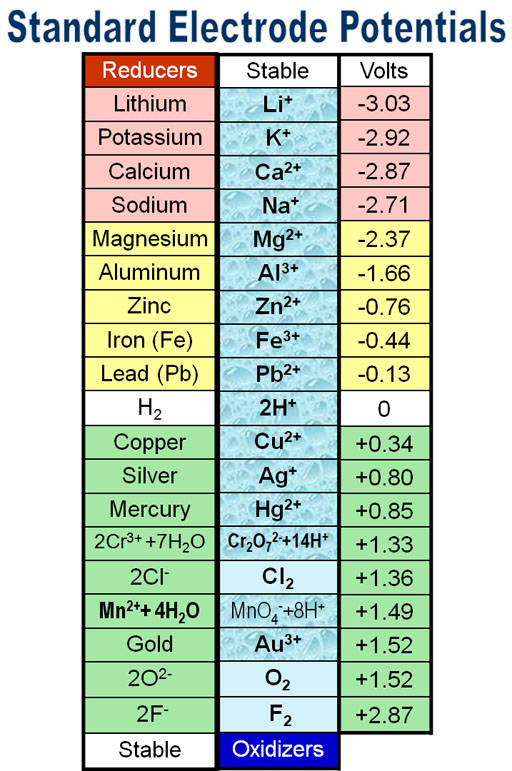Something been puzzling me for a while, why the odd figure of 3.7 for batts, why not 3.5 or 4.0, anyone enlighten me??.
Chemistry. :P That is the nominal voltage, which is defined by the battery type. So Lions are going to have a different nominal voltage then Nimhs because they are made different ways out of different materials.
Why aren’t engine horsepower and torque values nice numbers like 200 or 300? Because it’s just how they ended up when they were put together.
Worth a thought.
0V is a setting defined by humans. I believe when they discovered LiONs. It was measured at 3.7V. Therefore the figure.
Just a thought.
I think that when lions were discovered, the main thought was not being eaten…… :bigsmile:
Ahhh so!
Most rechargable cells are 1.2 like the nimh cells .. if you look at the lithium battery s for something like a cell phone you can see that they are 3 rectangular cells side by side .so why 3.7 now when they used to be called 3.6 ?? I assume they just got better ..I'm guessing that newer cells aren't like the older ones and there is probably a better . electronics answer to this question ...like the max voltage caps are rated at or something that makes much more sense .. but that's the best answer I got ... or
my second answer ..
Go ask your mother !
Battery voltage is always depend on anode and cathode materials, you can find tables listing the voltage you will get with different materials.
When designing batteries, the voltage is not that interesting, the design is usual made to optimize the energy stored in the battery and LiIon is a battery type that can can store a lot of energy. Looking around you can find different types of LiIon with different voltages.
A cell is simply two different materials separated by an electrolyte. The voltage of the cell depends on the two materials used. An alkaline or Zinc cell will give you 1.5 volts; NiCad or NiMH will give you 1.2 volts, while the Li-Ion will give you the 3.7 volts. The materials used to make cells aren’t chosen for the number of volts but because of the power potential.
A chart of voltage differences can be viewed here:

As you can see from the chart, Lithium has a very high potential. To calculate the potential voltage of materials, you just combine the full difference of the low value and the high value. For example, a copper/zinc cell: Copper = +.34 and Zinc = -.76. The full difference is 1.1V; in a perfect world, your lemon cell would give you 1.1V (in reality, it’s a bit less).
For info on the lemon cell, read here:
Your 3.6V BATTERY (not cell) for a cordless phone is simply 3 NiCad (or NiMH) cells series-connected to increase the overall capacity of the unit…
A battery is a combination of multiple cells, but that’s a semantic for anther discussion…